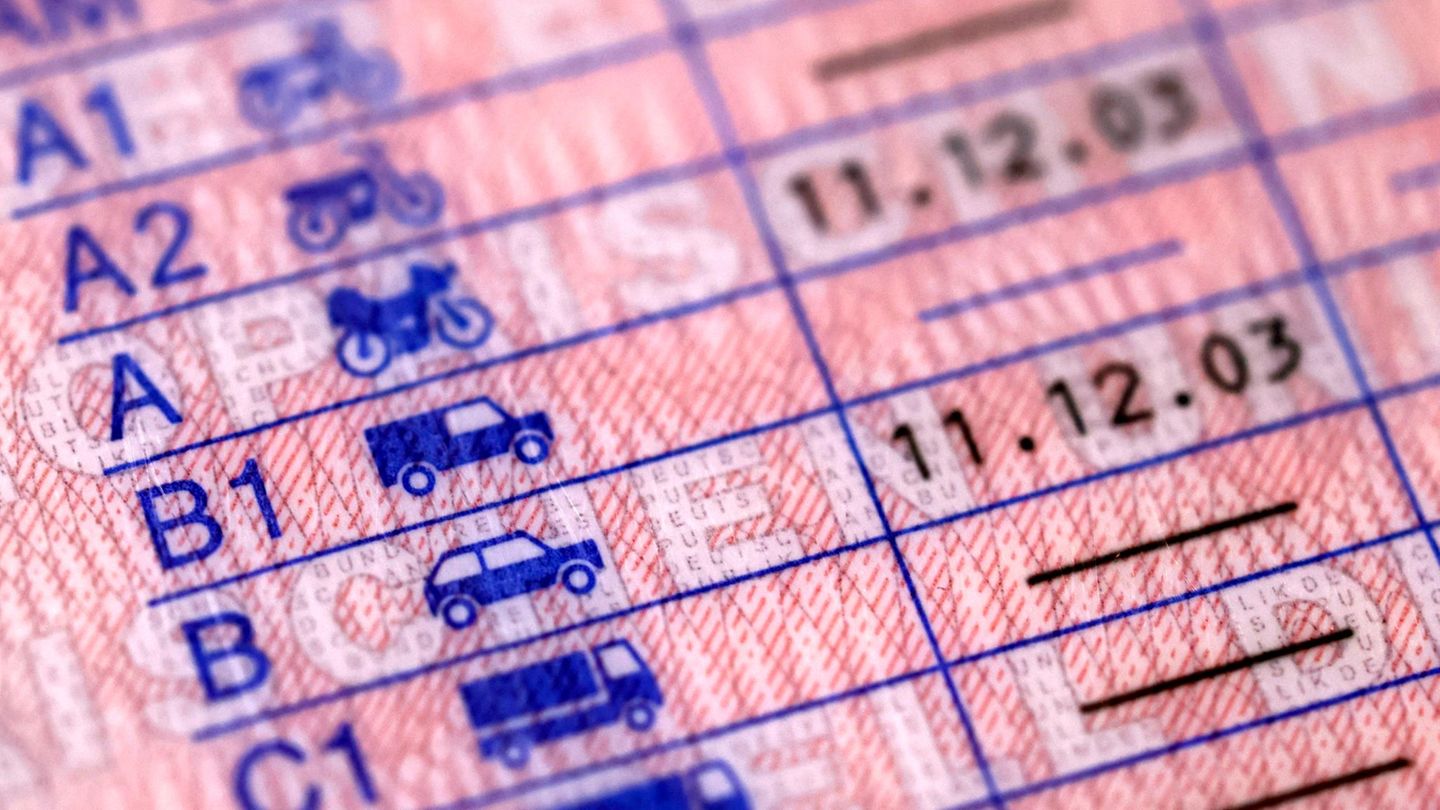The January inflation was 20.6% in January and accumulated 254.2% in the last 12 monthsas reported this Wednesday afternoon by the National Institute of Statistics and Censuses (INDEC). In this way, the monthly data was 4.9 percentage points below the peak marked in December.
Thus, the Monthly inflation was just below market projectionwhich was estimated to be 21.9%, according to the Survey of Market Expectations (REM) which publishes the Central Bank of the Argentine Republic (BCRA).
“January inflation showed a good part of the devaluation effect of mid-December”said the economist of Balance, Lorena Giorgio.
At the category level, Regulated (26.6%) led the increase followed by Core CPI (20.2%)while Seasonal recorded an increase of 16.2%, 4.4 percentage points below the average.
“Regulated prices led after the first round of correction of some backward values (mainly, gasoline, communication and public transportation). Given the high drag of Dec-23, the Core Inflation was located around the general level, driven by some items of food and beverages and other prices of tradable goods linked to the official exchange rate,” he explained in that order.
Unleashed inflation: one division increased more than double the average and food was around that figure
The division with the greatest increase in the month was Miscellaneous goods and services (44.4%)product of the increase in personal care items. They followed Transportation (26.3%) –due to the increases in public transport and the drag of the increase in fuel– and Communication (25.1%)due to the increase in costs in telephone and internet services.
The division with the highest incidence in all regions was Food and non-alcoholic beverages (20.4%). Within the division, the Meat and derivatives increases and Bread and cereals. In this context, a family of four people, two older and two younger, needed almost $600,000 to not be poor.
“In terms of incidences, food & non-alcoholic beverages, transportation and restaurants & hotels were the three components with the greatest contribution to the monthly variation of the price index, with an incidence of 5.53, 2.52 and 2.27 percentage points, respectively (reference GBA) “, he indicated Balanz Research.
inflation by region.jpg
The region with the largest price increase was Patagonia (24.2%), some 3.6 percentage points above the average, followed by Whose (22.3%), the Northwest (21.7%) and Pampeana (21.2%). While below that level were located the Greater Buenos Aires (19.6%) and the Northeast (19.5%).
News in development…
Source: Ambito




